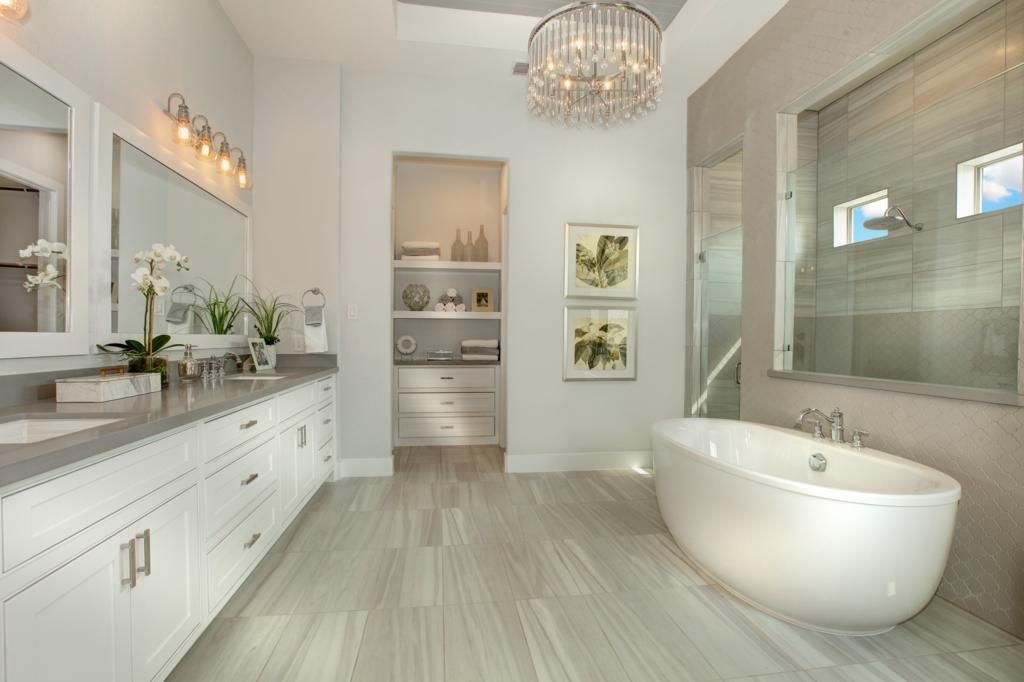
Top water-saving bathroom tips for tech-savvy homeowners
Share
In the era of smart technology and sustainability, finding ways to conserve resources is more crucial than ever. As tech professionals and enthusiasts, you understand the importance of integrating technology into everyday practices. One of the most significant areas where technology meets sustainability is in water conservation, particularly in the bathroom. This article will explore the Top water-saving bathroom tips that can help you reduce water usage and contribute to a more sustainable future.

Why Focus on Bathroom Water Conservation?
The bathroom is often the largest consumer of water within a home. From showers to toilets, a substantial amount of water is used daily. With growing concerns over water scarcity and environmental impact, reducing water usage in this area can make a significant difference. As tech enthusiasts, you have the tools and knowledge to implement smart solutions that not only save water but also enhance your daily routines.
Installing Smart Showers
Smart showers are a revolutionary way to save water without sacrificing comfort. These devices allow you to set precise temperatures and even track the amount of water used per shower. Some models can be controlled via smartphone apps, allowing you to start the shower remotely while minimizing water wastage. By investing in a smart shower, you can significantly reduce your water consumption.
Benefits of Smart Showers
Beyond water savings, smart showers offer convenience and luxury. Imagine being able to preheat your shower to the perfect temperature before stepping in. Additionally, these showers often come with features like water usage reports, helping you track and manage your consumption effectively. For a deeper dive into the advantages, check out this article on home automation solutions.
Upgrading to Water-Saving Toilets
Toilets account for nearly 30% of household water usage. By upgrading to water-saving models, such as dual-flush or low-flow toilets, you can drastically cut down on water consumption. These toilets use significantly less water per flush compared to traditional models. To learn more about the benefits and installation of these toilets, visit our post on dual-flush toilet advantages.
Choosing the Right Toilet
When selecting a water-saving toilet, consider factors such as flush efficiency, design, and compatibility with your bathroom. Brands like Toto and Kohler offer a range of options that combine performance with aesthetics. For a comprehensive guide on the best brands, check out our blog on water-saving toilets.
Integrating Smart Faucets
Smart faucets are another excellent way to conserve water. These devices use sensors to detect the presence of hands, automatically turning the water on and off. This feature ensures that water is only used when necessary, reducing wastage. Smart faucets can also be programmed to dispense a set amount of water, making them ideal for tasks like brushing teeth or washing hands.
Installation Tips
Installing a smart faucet is a straightforward process that can be completed in a few hours. Before starting, ensure that you have the necessary tools and equipment. For a step-by-step guide, refer to our article on DIY water-saving toilet installation.
Utilizing Water-Saving Accessories
In addition to major fixtures, small accessories can make a big impact on water conservation. Consider installing aerators on your faucets, which reduce water flow without affecting performance. Water-saving showerheads are another inexpensive option that can reduce water usage by up to 50%.
Smart Water Management Systems
For tech enthusiasts, smart water management systems offer a comprehensive approach to water conservation. These systems monitor water usage throughout your home, providing insights into consumption patterns and identifying potential leaks. By integrating these systems with your existing smart home setup, you can achieve a higher level of efficiency and sustainability.
For further reading on water conservation strategies, check out this external resource: 10 ways to conserve water.

FAQ
How much water can I save by using a smart shower?
Smart showers can save up to 20% more water compared to traditional showers by allowing precise control over water temperature and flow.
Are water-saving toilets effective?
Yes, water-saving toilets can reduce water usage by up to 60% per flush, making them an effective way to conserve water in the bathroom.
Can smart faucets be installed in any bathroom?
Smart faucets are designed to be compatible with most modern plumbing systems, making them suitable for a wide range of bathrooms.
This article contains affiliate links. We may earn a commission at no extra cost to you.
